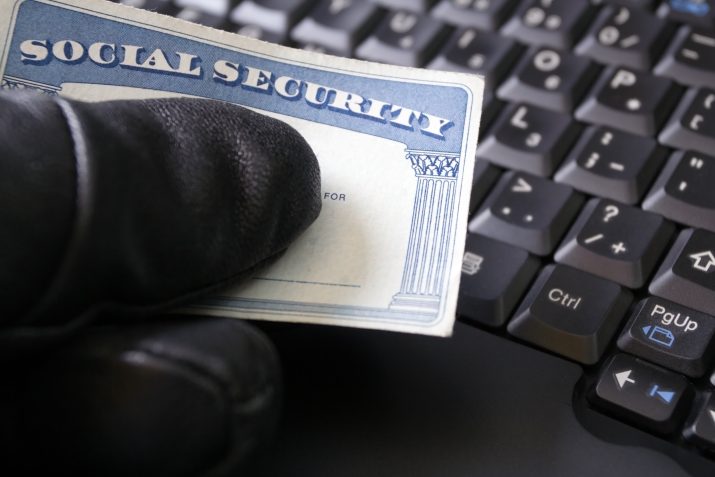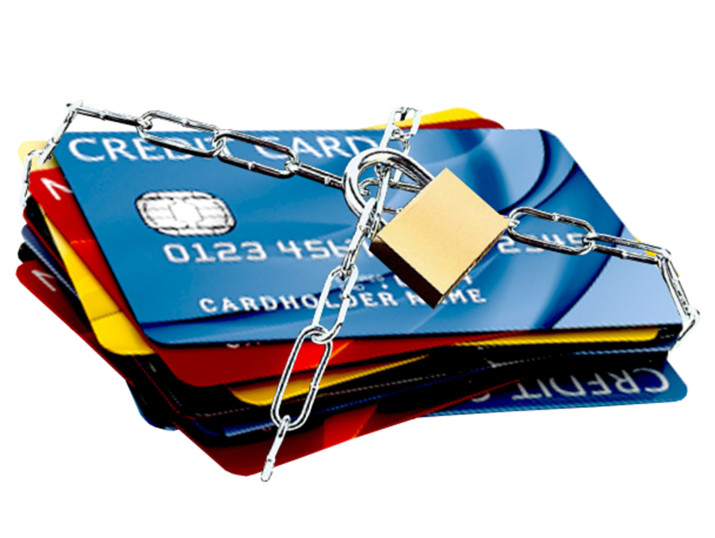Don’t Get Your Identity Stolen – Here’s How
By Daniel Wesley
September 12, 2014 • Fact checked by Dumb Little Man

Identity theft is one of those things that no one sees coming.
You always hear about it happening to someone else, so you never consider taking preventative steps to prevent it from happening to you. When identity theft strikes close to home, however, you quickly realize that the impact can be far reaching, and the relatively small amount of effort you could have exerted would have been well worth the energy.

I’ll give you an example. Several years ago, my wife had a backpack containing her credit cards and license stolen from her car. At first, the whole thing seemed like it would be easily resolved by cancelling the cards and replacing the ID, but larger issues arose when she discovered the thieves had used her credit cards to make purchases she did not pay off. These debts lingered as the legal process took its course, but a resolution didn’t come for years.
Even after she reported the cards stolen, the thieves were caught, and she sent a police affidavit explaining the situation to the credit card companies, her credit score plummeted. This stuck with her for five years —she couldn’t get a car loan, and she couldn’t get an apartment rental without paying for six months in advance.
Common Harmful Practices
My wife isn’t alone. Studies show that in 2012, people lost more than $24 billion due to identity theft. So how does it happen? Here are four of the most common methods:
1. Trolling social media: Social media is a great way to connect with friends and share information about your life, but a talented scammer knows how to sift through your basic information to find answers to security questions for your financial websites.
2. One man’s trash is another man’s treasure: The most classic form of identity theft involves scammers who dig through trash hoping to find bank statements, credit card information, Social Security numbers, and other sensitive knowledge.
3. Unsecure online payments: Most payment sites are “secure” — but not all. Scammers cruise payment platforms and registration sites for information such as your full name, email address, home address, phone numbers, and payment information.
4. Corrupted emails: Another common scam involves sending out emails that upload malware to the victim’s computer when opened. Through a process known as “phishing,” the malware captures your keystrokes and personal data. Often, these emails will be disguised to look like they’ve been sent from a bank or someone you know or as an announcement that you’ll be receiving a large amount of money.
Don’t Take the Bait
If it seems like there are a lot of ways a scammer can get your information, that’s because there are. Luckily, there are several ways to protect yourself. All you really need to do is use common sense when handling your personal data.
• Never leave important documents or financial information unsecured in a vehicle, hotel room, or office.
• Be smart about how much you reveal on social media. Even posting your marital status can lead to scammers searching through online public records for more personal information, so be wary.
• Shred all documents with personal information before discarding them, and never throw away a receipt with credit card information on it in a public trash receptacle.
• Be aware of your surroundings when talking on the phone, especially if you’re verbally relaying credit card info. All someone has to do is jot down your info as they overhear you ordering a pizza.
• When filling out a medical questionnaire, ask if it’s absolutely necessary to include your full Social Security number. Medical forms can contain a lot of compromising information.
• Sign your family up for a credit monitoring service, and regularly check your accounts to make sure there are no alerts.
But what do you do if it’s too late and you realize your information has been compromised? If you’ve discovered that you’re a victim of identity theft, there are three steps you should take:
1. Place a fraud alert on your credit file with all three major credit reporting bureaus: Equifax: 1-800-525-6285, Experian: 1-888-397-3742, and TransUnion: 1-800-680-7289.
2. Submit a credit report to the Federal Trade Commission, which will help remove fraudulent charges from your credit accounts and serve as a notice to your creditors that you have been the victim of identity theft.
3. Visit the FTC’s Consumer Information website for a comprehensive list of resources.
Let’s face it. The world has its fair share of underhanded people running around, and it’s difficult to be completely protected from identity theft (unless you go off the grid and live like a hermit). But that doesn’t mean there aren’t practical steps you can take that will reduce the likelihood of fraud. You just have to take the time to be smart, consider what you should (and shouldn’t) share, and buy a good shredder.


